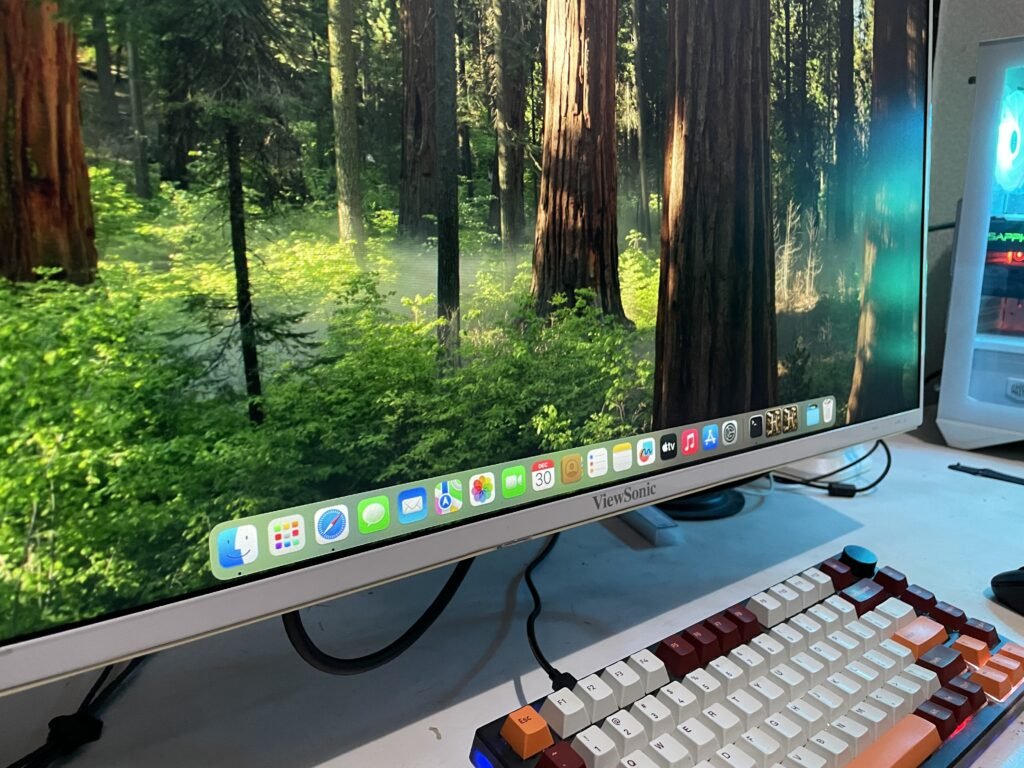
Are you looking to download the macOS Sequoia ISO for testing, virtualization, or clean installation purposes? This guide will walk you through the simple and safe steps to get the ISO file efficiently. Let’s explore the best methods, while ensuring your download is secure and optimized for your needs. The safest way is to download from the Apple official website. But if you don’t have a Mac device, your option to download macOS Sequoia ISO will be pretty limited.
Why Do You Need the macOS Sequoia ISO?
The macOS Sequoia ISO file is essential for various purposes:
- Virtualization: Use it with platforms like VMware or VirtualBox to run macOS in a virtual environment.
- Bootable Installer: Create a bootable USB drive for clean installations or troubleshooting.
- Development: Test apps and software in an isolated macOS environment.
Before proceeding, ensure your system meets the minimum requirements to run macOS Sequoia effectively.
Where to Download macOS Sequoia ISO Safely
Downloading the macOS Sequoia ISO from a legitimate source is crucial to avoid malware or corrupted files. Follow these steps to download the ISO safely:
1. Use the Official Apple Website
Apple provides macOS updates and installers through their official channels. Here’s how you can access it:
- Open the Mac App Store on a macOS device.
- Search for macOS Sequoia in the search bar.
- Click Get to download the installer to your Applications folder.
- Once downloaded, use Terminal to convert the installer into an ISO file.
Converting the Installer to ISO
Open Terminal and type the following commands:
hdiutil create -o ~/Desktop/macos_sequoia.cdr -size 16g -layout SPUD -fs HFS+J
hdiutil attach ~/Desktop/macos_sequoia.cdr.dmg -noverify -mountpoint /Volumes/install_build
sudo /Applications/Install\ macOS\ Sequoia.app/Contents/Resources/createinstallmedia --volume /Volumes/install_build
mv ~/Desktop/macos_sequoia.cdr.dmg ~/Desktop/macos_sequoia.isoThis process creates an ISO file on your desktop.
2. Download from Trusted Third-Party Websites
If you do not have access to a macOS device, consider using trusted third-party platforms like GitHub or Other websites. Follow these precautions:
- Ensure the website has a good reputation.
- Scan the downloaded file with antivirus software.
- Verify the ISO’s checksum to ensure file integrity.
3. Community Forums and GitHub
Communities like Reddit or repositories on GitHub may provide verified links or scripts to create the ISO. Be cautious and review feedback from other users.
Creating a Bootable USB Drive with the macOS Sequoia ISO
Once you have the ISO, you can create a bootable USB drive for installation. Here’s how:
- Insert a USB drive with at least 16GB capacity.
- Open Terminal and run:
sudo dd if=~/Desktop/macos_sequoia.iso of=/dev/disk2 bs=1mReplace/dev/disk2with your USB’s identifier. - Wait for the process to complete, then eject the USB drive.
Please follow the steps explained in this blog post to create a macOS Sequoia bootable USB disk from a Windows 11.
Conclusion
Downloading the macOS Sequoia ISO is straightforward if you follow the steps above. Whether you use the official Apple source, trusted third-party websites, or community resources, prioritize safety and authenticity. With the ISO in hand, you’re ready to explore macOS Sequoia’s features in your preferred environment.


Leave a Reply